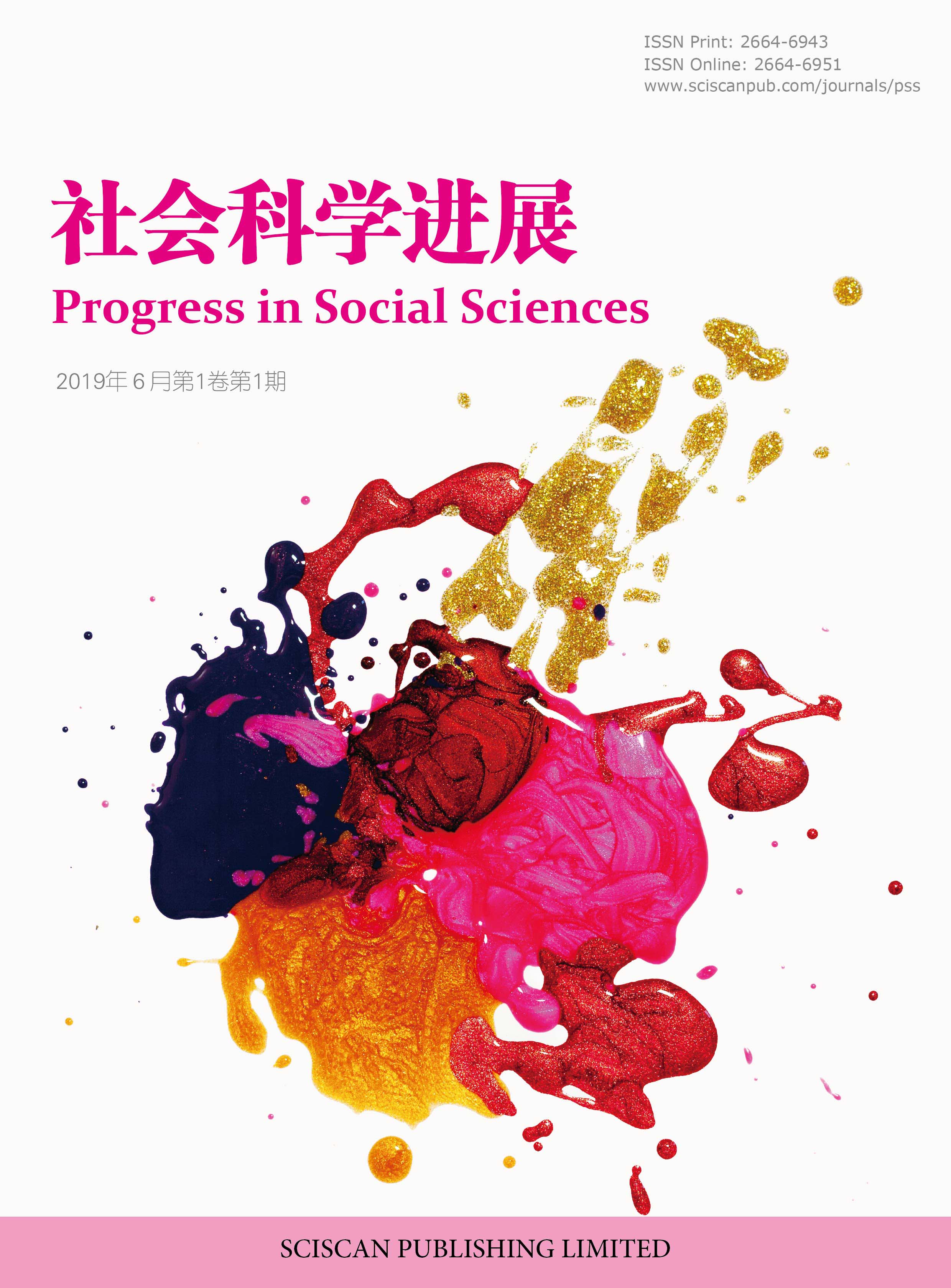Progress in Social Sciences
ISSN Print: 2664-6943
ISSN Online: 2664-6951
Contact Editorial Office
Subscribe to the latest published information from SCISCAN
光(化) 遗传技术基础与转基因小鼠的应用
Technical Basis of Optogenetics and Chemical Genetics, and the Application of Transgenic Mice
- Authors: 徐敬杨
-
Information:
重庆市西南大学,重庆
-
Keywords:
Photogenetics; Chemical genetics; Recombinant adeno-associated virus; Transgenic mice; Basic principle; Technical route光遗传学; 化学遗传学; 重组腺相关病毒; 转基因小鼠; 基本原理; 技术路线
- Abstract: Both photogenetics and chemical genetics are the techniques for artificially regulating the activity of neurons. They emerged at the beginning of this century and the 1990s respectively. The main routes of the two technologies are similar. It is through genetic that lead neurons in the target brain region express photosensitive ion channel proteins or artificial receptor proteins. Then the activity of recombinant channel protein was affected by external stimulation. So as to change the generation and inhibition of neuronal action potential. Finally, the changes of animal behavior were observed, and the relationship between the changes of animal behavior and the activity of neurons in the brain was discussed. In other words, the purpose of technology is to analyze the brain mechanism of psychology or behavior. The use of this kind of technology often depends on other biological tools, such as the recombinant adeno-associated virus needed to make brain neurons express exogenous photosensitive ion channel protein or artificial receptor protein, and the transgenic technology related to Cre mice. In addition, photogenetics and chemical genetics are very popular in behavioral neuroscience, but their applications are not limited to this. They can also be used in many fields such as intracellular signal transduction, disease research or drug design. Although there are still some shortcomings in this technology, there are also advantages cannot be covered up. It has considerable potential in the research of behavioral neuroscience and the treatment of neurological and mental diseases in the future. 光遗传学和化学遗传学均为人工调节神经元活性的相关技术,分别兴起于本世纪初和20 世纪90 年代。这两项技术的主要路线相似,通过遗传学手段使目标脑区的神经元表达出光敏离子通道蛋白或者人工受体蛋白,再利用外加刺激影响重组通道蛋白的活性,从而改变神经元动作电位的产生与抑制,最后观察动物行为的变化,讨论动物行为的变化和脑区神经元活性的关系,换言之,技术目的为分析心理或行为的脑内机制。该类技术的使用往往还需要依靠其他生物学工具,如使脑内神经元表达出外源光敏离子通道蛋白或者人工受体蛋白所需的重组腺相关病毒,以及Cre 鼠相关的转基因技术等。此外,光遗传学和化学遗传学在行为神经科学中备受青睐,但应用范围不仅仅局限于此,它们还可以应用于胞内信号转到、疾病研究或者药物设计学等多个领域。虽然该技术仍存在些许不足,但总体瑕不掩瑜,未来在行为神经科学研究和神经及精神领域疾病的治疗中具有可观的潜力。
- DOI: https://doi.org/10.35534/pss.0404031
- Cite: 徐敬杨.光(化)遗传技术基础与转基因小鼠的应用[J].社会科学进展,2022,4(4):358-370.
















